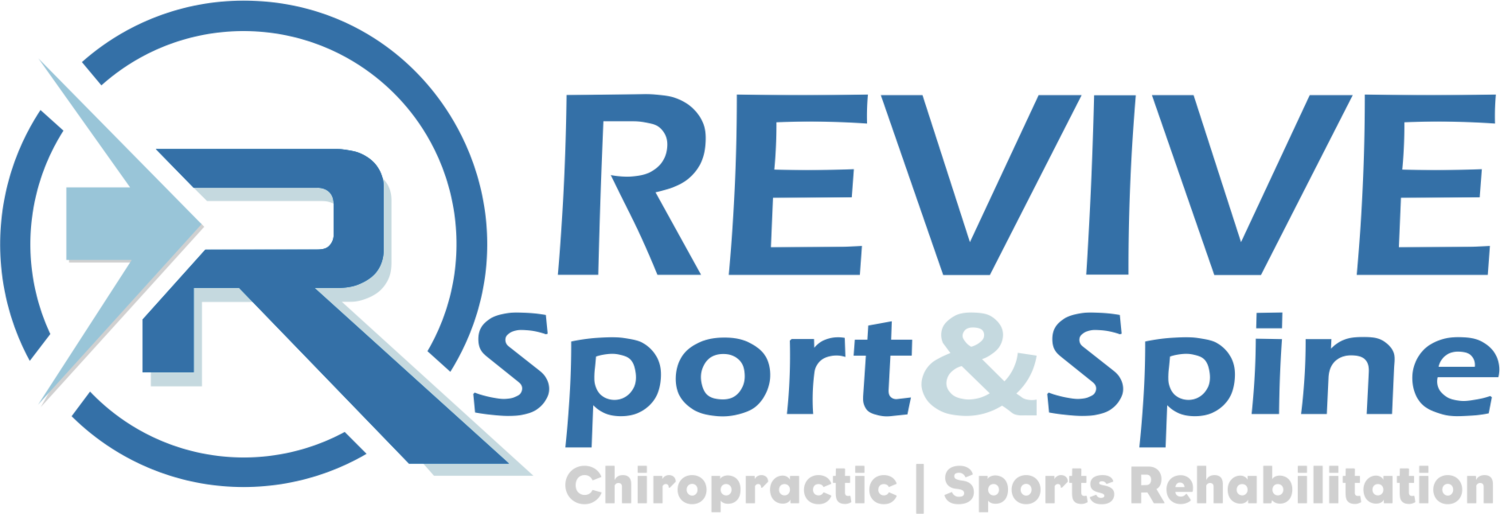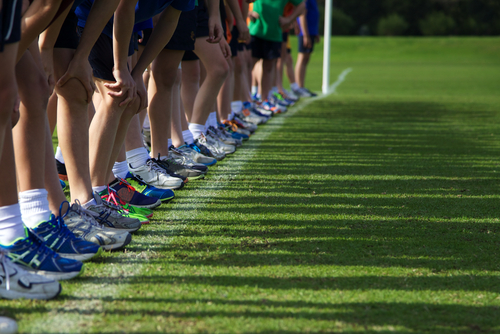Running is one of the best (coming from a runner) and easiest sports to take up in the world. Running is a major part of nearly every sport on the planet, making it an excellent option for our school-aged athletes. In 2017, almost 500,000 runners ran XC, and over 1 million athletes ran track. With the ease of access and a million different training techniques and training theories comes the risk of adverse effects. Over the last 10 years, we have seen a 34% increase in injuries incidence among runners.
It is estimated that 20-80% of runners will experience an injury in a given year. Random range, right? You try to find two studies that can agree on this! However, we do know that more than 50% of all pediatric sports injuries are due to overuse. We also know that overuse has is signs and symptoms and can be prevented.
What do we know about youth running? A lot actually. Let’s look at the facts and discuss how we can prevent future injuries so our young runners can enjoy a life-long relationship with this wonderful sport.
BENEFITS OF RUNNING FOR YOUTH ATHLETES
Great Cardiovascular Health.
Improved Cognitive Development.
Exercise increases metacognition, behavior regulation, and accelerates behavioral and emotional engagement.
Bone Health - Increased Bone Density
Positive Self Image & Emotional Wellbeing
Aids in Development of Total Athleticism.
CURRENT TRENDS IN YOUTH RUNNING: INJURY RISKS
Accelerated Growth.
Peak height velocity (when children grow fastest, resulting in bones lengthen faster than muscles and tendons can keep up with) occurs around 12 for females and 14 for males.
Just before this rapid growth, bone mineral content is at its lowest, making bones and growth plates vulnerable to the load and stress of running.
Low Bone Mass For Age.
Affects 39% of female youth runners.
Might be the more likely cause of stress fractures than training load.
Low Energy Availability, Relative Energy Deficiency in Sports
Adolescence is a time of rapid growth with unmet energy demands…inadequate calorie intake with increased running demand can lead to abnormal menstrual function in females, bone mass depletion, and high risk of musculoskeletal injuries and stress fractures.
Males Commonly Suffer From Low Bone Mineral Density As Well.
Risk factors include being less than 85% weight for height, running over 30 miles per week, a history of stress fractures, and having a diet lacking in calcium-rich foods.
Answering ‘YES’ To The Following:
‘do you believe that being thinner leads to faster running performances?’
BIG RED FLAG
Increased Anxiety or Avoidant Coping Strategies Such As Denial.
Perfectionism-related thoughts are associated with higher rates of depression, anxiety disorders, obsessive-compulsive disorders, and eating disorders.
History Of Previous Running Injuries.
Strong indicators for in-season injuries are injuries during summer training (female) and history of previous running injury (males).
HOW CAN WE PREVENT INJURY IN YOUTH RUNNERS:
To prevent injury, cross training is necessary. Recent data suggest that shorter intense bouts of activity like sprinting, other sports, and neuromuscular training are better for developing motor skills compared with endurance running. Remember, though they grow, they are still kids and need time to play. Play outside, play other sports, rest from play. Don’t forget that.
Strength Training #1 - Improved Core And Pelvic Strength Led To Faster Race Times.
A 6 week strength program aimed at pelvic and core strength led to improved race times. Strength training also leads to better weight control, improved motor performance skills, improved cardiovascular health, and enhanced psychosocial well-being…oh, and less sports-related injuries.
Strength Training #2 - Spine & Hip Strengthening.
Exercises aimed at the spine and hip muscles helped injured youth runners rehab from injury faster and prevented future occurrences of common running injuries such as Achilles tendinosis, iliotibial band syndrome, runner’s knee, plantar fasciitis, and shin splints.
Strength Training #3 - Strength Training For Runners Program.
We have developed an instructional series around some of the best strength exercises for runners. You can check those out here.
Set Realistic Expectations - Know Age & Developmental Stage Capabilities.
Unrealistic expectations lead to athlete frustration, low self-esteem, burnout, and injury! This can lead to reclusiveness, depression, and loss of enjoyment.
Monitor Youth Runners For Signs Of Burnout.
Students athletes who withdraw from activities they previously enjoyed may be experiencing chronic stress and burnout from their sport. This leads to more complicated issues if unaddressed, like depression, obsessive-compulsiveness, and eating disorders.
If an athlete becomes more irritable, anxious, or struggles with perfectionism, they are demonstrating signs of burnout. They need time off or decreased self, coach, and or parental pressures related to their sports.
Coordination Of Care For An Athlete.
Extrinsic risk factors for injury include improper training volume, intensity, or progression, early sports specialization, poor footwear, and inefficient running form. These factors are better addressed when the athlete, parent, coach, and healthcare provider have open communication with the athletes BEST INTEREST at the forefront.
Modify Training Program To Allow Rest Periods
Injury can be reduced by developing a training plan that limits weekly and yearly participation time to reduce repetitive movements and increase scheduled rest periods within each week, season, and annual training cycle.
Suggested rest is at least 1 day per week, 1-2 weeks every 3 months, and participation limited to 9-10 months per year.
Avoid Early Sports Specialization (Bolded Based on IMPORTANCE)
Highly specialized youth athletes (those participating in one sport more than 8 months of the year) report more injuries than their peers, independent of age, sex, or training volume.
Early Sport Specialization is associated with unidimensional identity with the sport leading to the athlete feeling as like they lack control with their participation in that sport. This leads to burnout.
When To Seek Treatment
Now that we are aware of injury risks, YOU have to take preventive measures. For some, this means a little time off before training ramps up again. For others, it’s time to hit the gym, toss a ball around, shoot some hoops, and spend some time at the pool.
When it comes to injuries, we know two things.
(1) Rest is rarely beneficial for sports injury recovery. Rehab needs to be active!
(2) The sooner you seek care with an injury, the sooner you will be back out and running.
If you or your child has been training for the upcoming cross country season but are continually being sidelined by injury and illness, it’s time to find help and get back on track. If you are a runner in the Salt Lake City area, Revive Sport & Spine is your go-to clinic to get you back up and running quickly, giving you the tools to help you run faster, farther, and more efficient than before.
Krabak et al. Youth Distance Running: Strategies for Training and Injury Reduction. American College of Sports Medicine. 2019. Current Sports Medicine Reports. www.acsm-csmr.org.
Dr. Reheisse is a Board Certified Chiropractic Sports Physician practicing in Cottonwood Heights Utah. Revive Sport & Spine provides evidence-supported chiropractic care and conservative sports injury management for the great people and adventurers of the Salt Lake City Valley.






